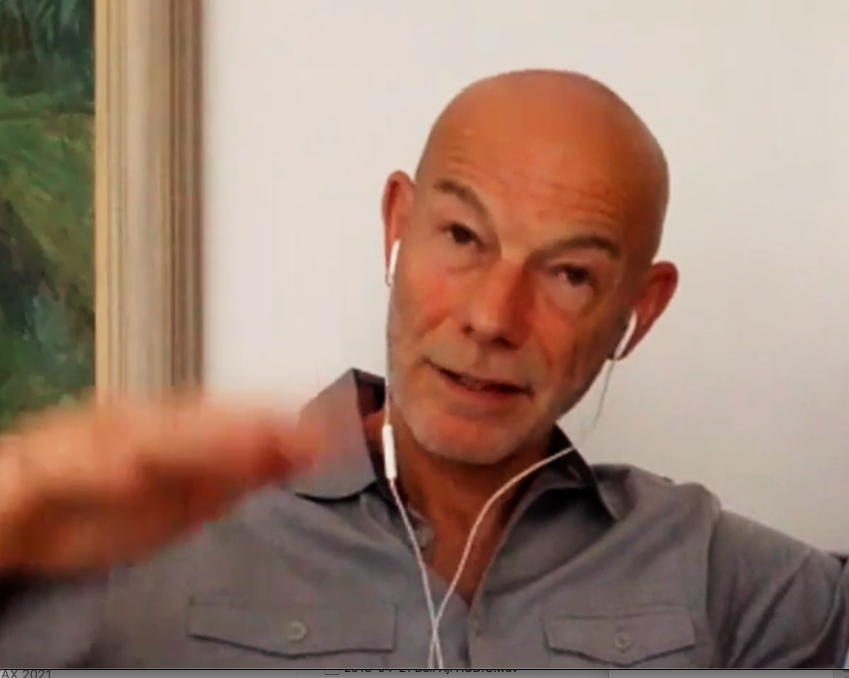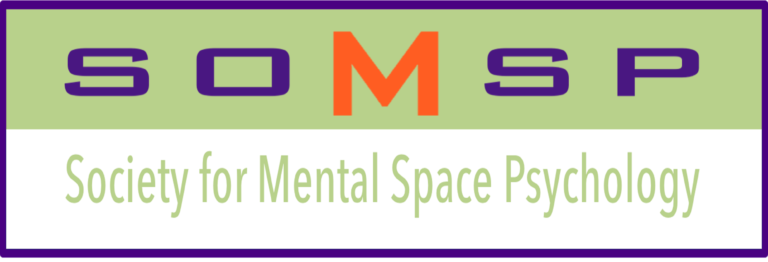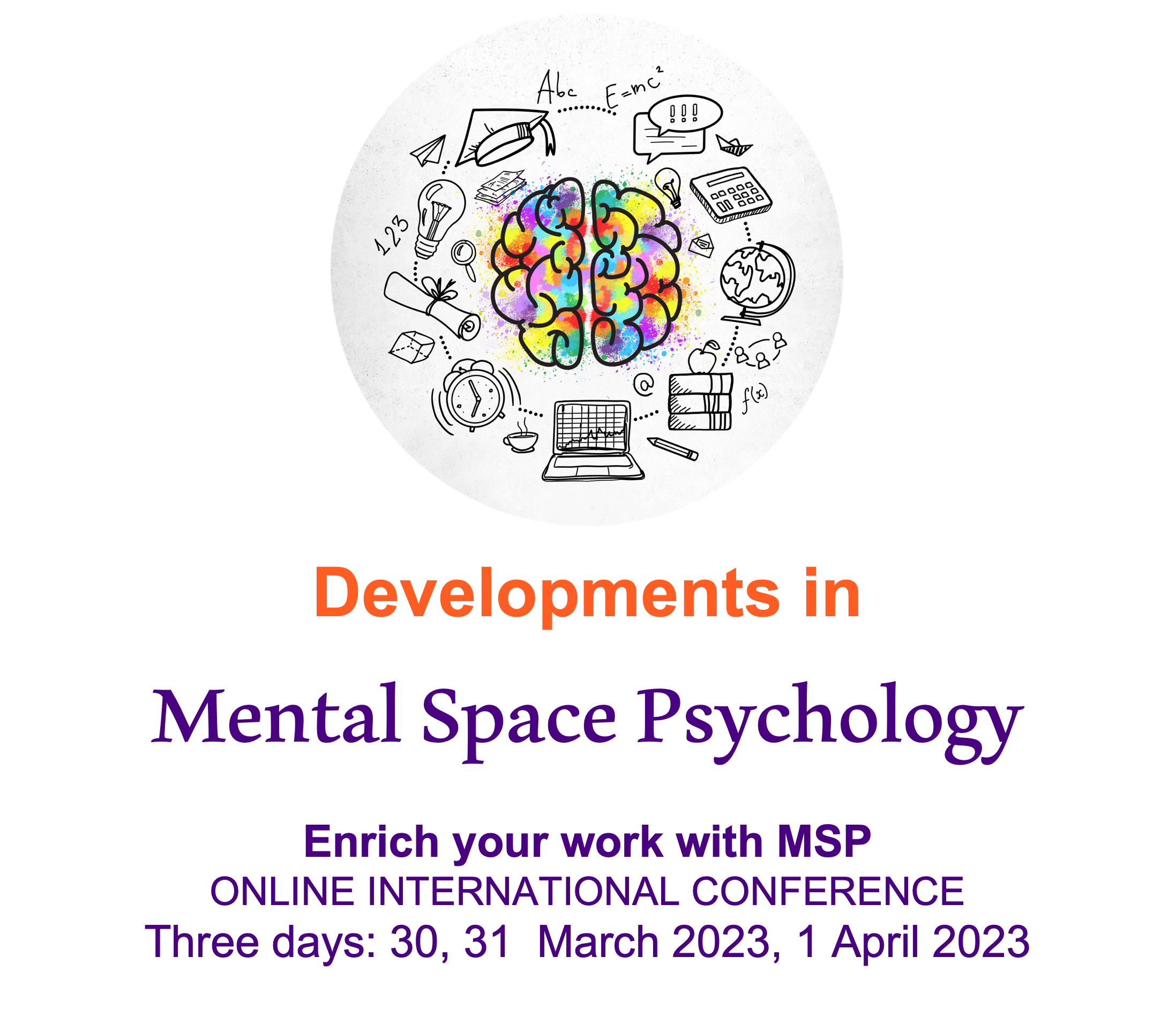
James Lawley
“Space and the body, an intimate relationship”
Check the time schedule for timeslot(s).
Presentation description:
Our bodies instinctively express themselves in an intimate relationship with both physical space and our mental space.
These gestures, lines of sight and whole body movements are mostly not trying to communicate with anyone; rather the body is enabling us to sort out our feelings, keep our ideas straight and weigh up situations. In other words, we are unconsciously communicating with ourselves.
David Grove said our gestures and movements are “choreographed” in a dance with our speech and space. Often they express that which has seldom been verbalised. This nonverbal information is a doorway into tacit knowledge – that which we know but didn’t know we knew – until we are asked a special kind of question.
Because this information is personal, initially fragile and has a short half-life, it responds well to Clean Language questions. Its brief appearance needs to be addressed in the moment it occurs. Then, as we decodes and unpack our body expressions we discover a rich ‘metaphor landscape’ – what Julian Jaynes called an “introspectable mind-space” – that exists within and outside our body.
In this practical workshop James will demonstrate how we use Clean Language to work with clients’ body expressions and their relationship to mental space.
Bio:
James Lawley is a partner in the Developing Company, psychotherapist, trainer, organisational consultant and independent researcher. At his core he is a modeller. He co-authored Metaphors in Mind, Insights in Space and more recently Clean Language Interviewing. These cover Symbolic Modelling, Clean Space and Clean Language as a research methodology. He has also published many articles in professional and academic journals, most of which are freely available at cleanlanguage.co.uk

